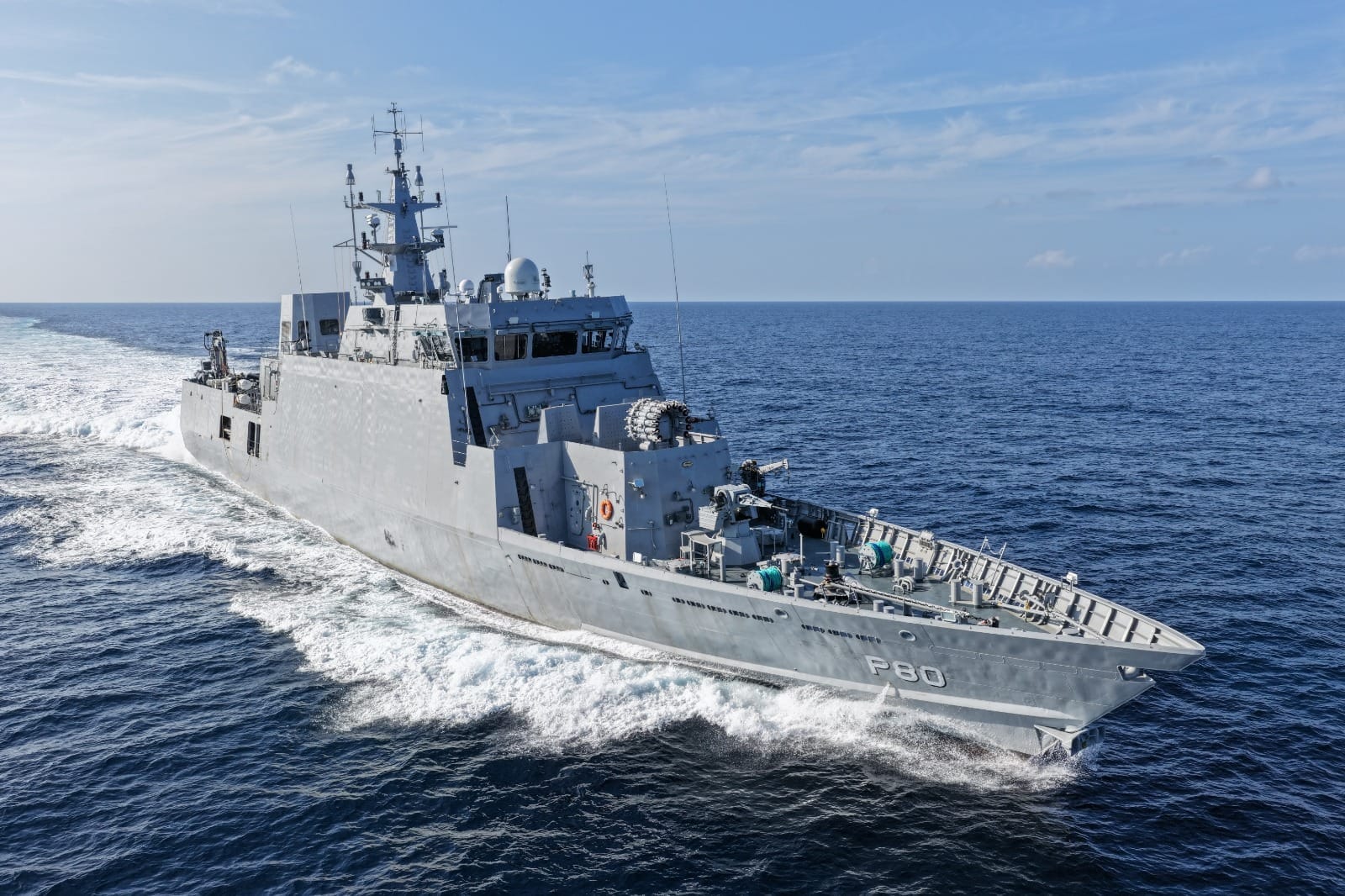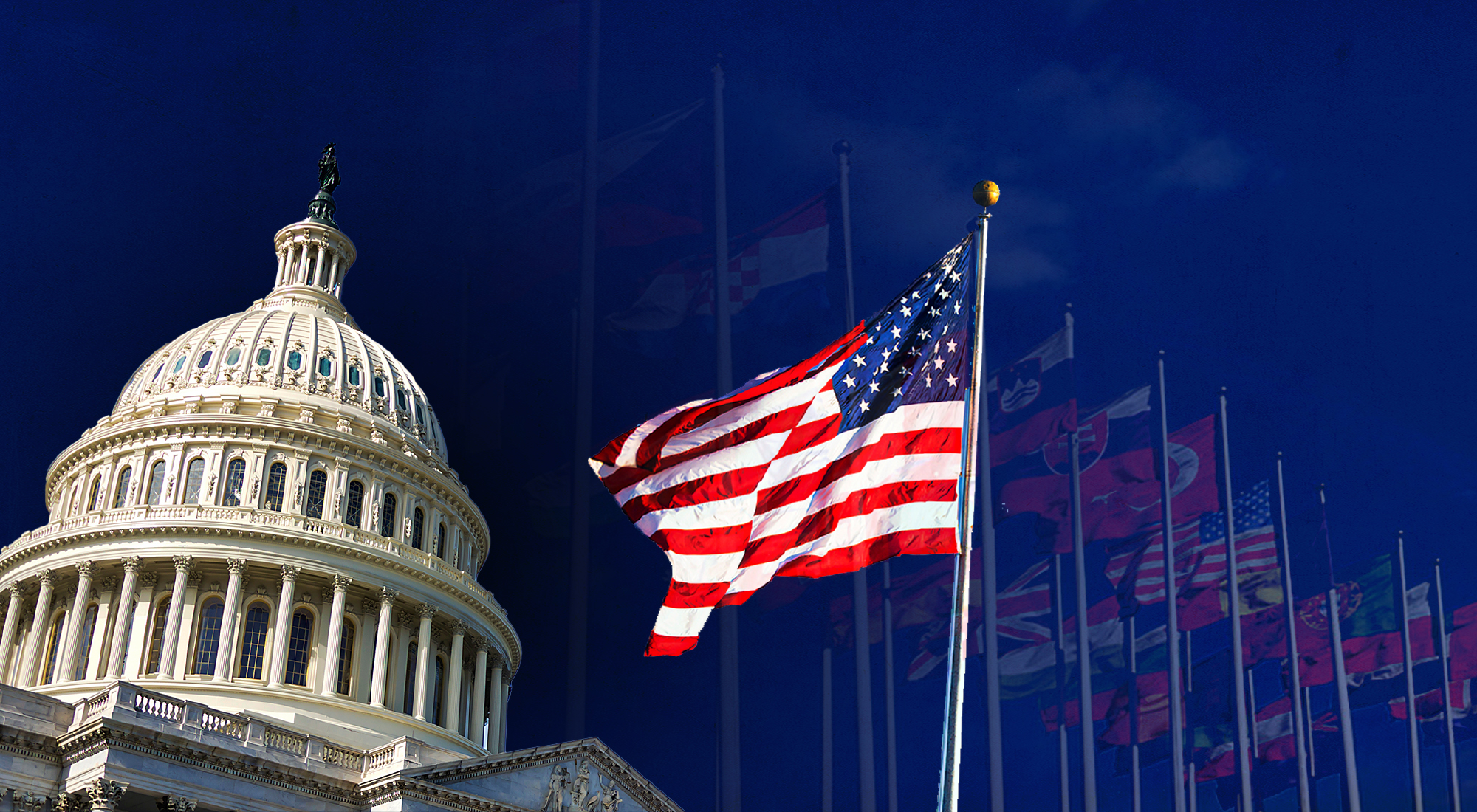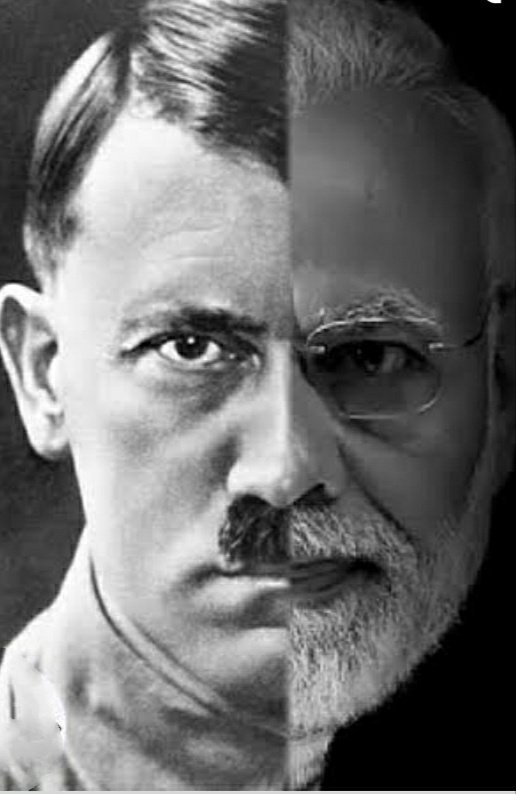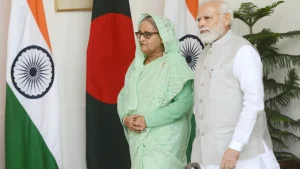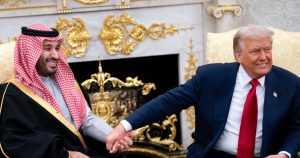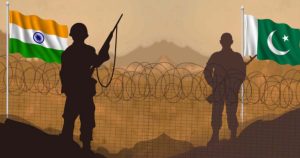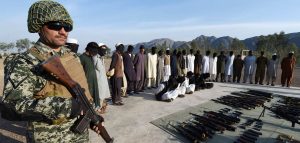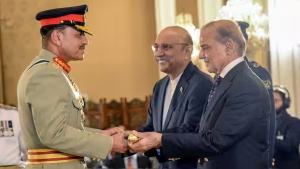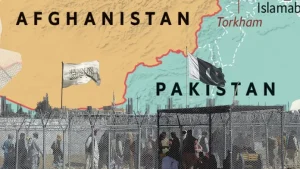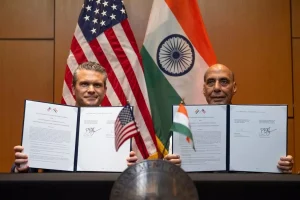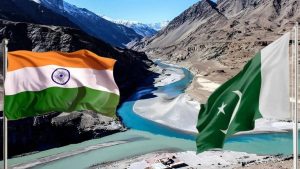Since 2014, the religious-nationalist Bharatiya Janata Party (BJP) government in India has been fueling the development of a military-industrial complex and importing advanced modern weaponry. One could argue that the Prime Minister of India, Narendra Modi, is constructing a scenario grounded in the fusion of civilizational nationalism and arms manufacturing. The combination of these two forces is encouraging the population to prepare for total war, which would serve political goals and be considered a great honour. This development is not an isolated case; rather, it aligns with the grand strategy of the Third Reich. Nazi Germany, particularly during the period from 1914 to 1941, pursued a combination of militarization and ideological fervour that ultimately culminated in World War II. Today, New Delhi appears to be adopting a similar blend of armament and assertive nationalism to advance its political objective of regional hegemony. The shift from restraint to pre-emption, doctrinal rigidity, and aggressive posturing can be analyzed through the convergence of arms and ideology, a dynamic that threatens the stability of South Asia.
After 1914, Germany’s strategic revolution can be understood within the broader relationship between state formation and warfare. More than a product of mechanized conflict, it emerged from a deeper fusion of ideological zeal and technological mastery. As Charles Tilly famously argued, ‘war made states and states made war,’ suggesting that the administrative and coercive machinery of the modern state arose from the imperatives of organised violence. Following the disillusionment of World War I, German strategists sought to rebuild a unified practice of warfare that reconciled the management of arms with the mobilization of national spirit. By the late 1930s, this dual evolution ensured that engineers optimised the tools of war, while ideologues infused them with purpose and myths of supremacy. Motorised vehicles, like tanks, armored cars, and assault rifles, became not only the instruments of the new technological era but also its symbols. The entire process of combining aspiration with technology, ultimately drove Germany into a catastrophic total war over between 1938 and 1941.
The military-industrial complex evolving under the leadership of Prime Minister Modi represents a state-driven pursuit of both strategic and economic autonomy. The Atmanirbharta initiative, along with the government’s substantial investment in defense production, ranging from missile systems to drone technology, collectively strengthens the nation’s productive capacity. Moreover, the sharp rise in defense exports and public-private partnerships has intertwined industrialization with national pride. Germany’s rearmament policy during the interwar period, which relied on illicit industrial networks and foreign financing to sustain its buildup, offers a useful parallel to the methods currently employed in India.
Military modernization in India under Prime Minister Modi represents more than a technological transition; it marks the country’s movement toward greater political centralization, technological self-reliant, and strategic assertiveness. The current government’s indigenous schemes, such as the establishment of a Defence Research & Development Organisation (DRDO) research facility and the development of missiles, with Agni-5 and Agni Prime being the latest, demonstrate the defense industry’s determination to reduce reliance on foreign sources. At the same time, India’s air and missile defense capabilities are being enhanced through acquisitions of sophisticated drone and radar technology from the United States and Israel, Rafale fighter jets from France, and S-400 system from Russia. The shift from professional autonomy to strategic alignment with political authority is reflected in doctrinal reforms emphasizing Integrated Theater Commands and the elevation of stature and responsibilities of the Chief of Defence Staff (CDS). Taken together, these developments prepare New Delhi for high-intensity conflict, with a unified nationalist vision promoted by the BJP draws support from across society.
The mobilisation of a nation for all-out war is a complex process. It requires mythmaking, war-memorization, and emotional rituals to unite people within a moral community. For instance, during the interwar years, expansionist ideology, racial supremacy, and the notion of war as the will of the nation mobilised the German population. A similar dynamic can be observed in India under Narendra Modi. By invoking narratives of collective trauma, civilizational pride, and national regeneration as both moral and geopolitical imperatives, the state mobilises society. Since 2014, it has gradually infiltrated the media, administration, educational institutions, and even the military. This process brings all sectors of society together in support the BJP’s unified nationalist vision. Strategically, this consolidation conveys to adversaries a strong sense of national identity, projecting both internal cohesion and external resolve.
The military responses of New Delhi in 2016, 2019, and 2025 illustrate the mutual reinforcement of military power and ideological conviction. Defence modernization is increasingly portrayed as evidence of the nation’s revival, while the political narrative of Hindutva transforms military achievements into affirmations of civilizational strength. This mutually reinforcing cycle of belief and competence encourages greater risk-taking and risk tolerance. Under Narendra Modi, India appears unafraid to risk escalation with a nuclear-armed neighbour, even though Pakistan has responded to each of these crises with measured and resolute actions. The post-Pahalgam modernization drive and increasingly official statements demonstrate a willingness to pursue an escalatory strategy. India’s current trajectory threatens the security equilibrium of South Asia, much like Germany’s experience during the interwar period, when ideological fervour and technological ambition destabilized the European balance.
To sum up, Narendra Modi’s strategic trajectory in India bears notable resemblance to that of Nazi Germany. The intersection of military modernisation, arms production, and ideological conviction has revived a menacing overture, one that mobilises and radicalises the population in pursuit of ideological objectives. In this configuration, the relationship between ends and means is inverted: strategic goals are subordinated to the means of ideological expression, as exemplified by Nazi Germany. Consequently, ideological zeal and political interfere with rational processes of strategic planning, leading to escalation and destabilization. India’s growing tolerance for risks and escalatory measures further endangers peace and stability in the South Asian region.


